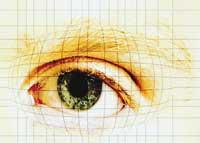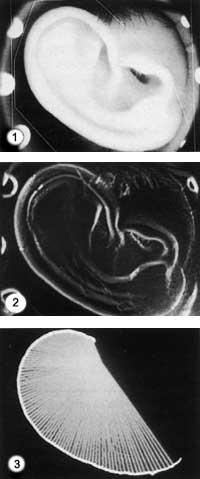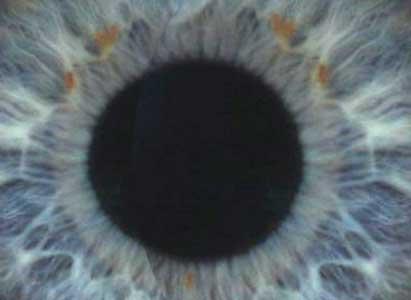Biometrics, a future system of human identification
2004/06/01 Atxotegi Alegria, Uhaina - Elhuyar Zientziaren Komunikazioa Iturria: Elhuyar aldizkaria

Losing a card that carries a secret code, forgetting the code or password, or invention by another person can pose a significant risk. Biometric systems have been created with the intention of addressing these problems. These methods of identification analyze personal characteristics that cannot be lost, stolen or forgotten
Biometrics
Biometric systems are automatic systems that measure people's physical characteristics and behaviors. Its goal is to unlink those characteristics and behaviors from one another and, accordingly, quickly identify a person.
The Vicomtech technology center in San Sebastian is working on this task. For this purpose they have several types of devices, including cameras that analyze the iris, fingerprint sensors and systems that identify the face, voice, signature or way of typing.
Each biometric application consists of two phases. In the first phase, biometric samples are collected (for example, fingerprint templates, iris or facial features). This is called the registration phase. For each biometric feature a sensor is used. The biometric system, thanks to the data obtained through these sensors, analyzes the specific characteristics of the user and subsequently forms a biometric template.

The second phase refers to the normal use of a biometric system: the person who has previously recorded its characteristics in a given system sends these characteristics to the sensor and it captures them. Then process the signal using an algorithm to form a template. This template is compared to the initially recorded model.
The biometric characteristics captured by the sensor are not always the same, they can vary. For example, we don't always put our finger in the same position on the fingerprint sensor, or if we have a cold our voice changes from what we recorded at the beginning.
Therefore, to identify a person, the biometric system works in two ways. In the first, the system indicates whether the user profile matches the template it contains. In the second, compare the user to the entire database. In this case, it results in the user of the database that most approximates the characteristics of this person.
Verification portal
To start a biometric system it is necessary to define the portal. This means that we must decide whether the data that the biometric system has previously and to what extent the user characteristics must match so that the system accepts the user.
If a high degree of concordance is required, the rate of false rejections is also high, while the most false approval is low. Several companies that perform biometric systems define the verification threshold at the point where the two rates are closest (reject rate and false admissions) so that their customers can get correct results.
In some cases you may not want a very high false rejection rate, such as in biometric systems of access to a company of 5,000 workers. If not, huge queues would occur, as the system would spend a lot of time defining each worker. In this case, it is indifferent that the system allows the entry of unnecessary people. At the gateway to a control room of a nuclear power plant, the system portal must be very high.
Current applications
Applications of the biometric system are increasingly used. At some airports, such as Amsterdam, London Heathrow, Frankfurt, Pakistan, etc. iris identification systems have been installed, among others, while fingerprints and facial identification sensors are frequently used to access the US.
Biometric system evaluation and comparison systemThe Vicomtech technology center is developing, in collaboration with the company S21 sec, a system of comparison and evaluation of biometric systems of identification of people. The objective is to establish clear criteria for evaluating current and existing biometric systems as prototypes and to create a systematic audit methodology. It is about analyzing the possible shortcomings of these systems to define the risks arising from their use. |

Gai honi buruzko eduki gehiago
Elhuyarrek garatutako teknologia







